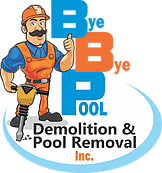DIY Pool Removal: 8 Reasons Why it’s a Terrible Idea
There are some things you can do yourself around the house without running into major problems. There are even some things you can DIY badly and still not have a major nightmare on your hands. DIY pool removal is not either one of those things you should attempt because there are too many things that can go wrong.
Problem 1: Not Choosing the Right Swimming Pool Removal Method
When it comes to inground pools, there are two main ways a pool removal can be done: a partial pool removal and a full pool removal. Both options have the choice of non-engineered backfill and engineered backfill.
With above ground pools, the process is a lot simpler, but still not easy. The pool is drained, disassembled, and hauled away. Then the area where the pool was is filled in with sod or other landscaping.
When you decide to DIY an inground pool removal, you take the chance of messing up the entire process and making the area a dangerous place. You also need to understand the methods of pool removal and how they impact your future property values and what you can do on the land. For example, if you don’t move forward with an engineered backfill, you can’t build upon the space to expand your house in the future.
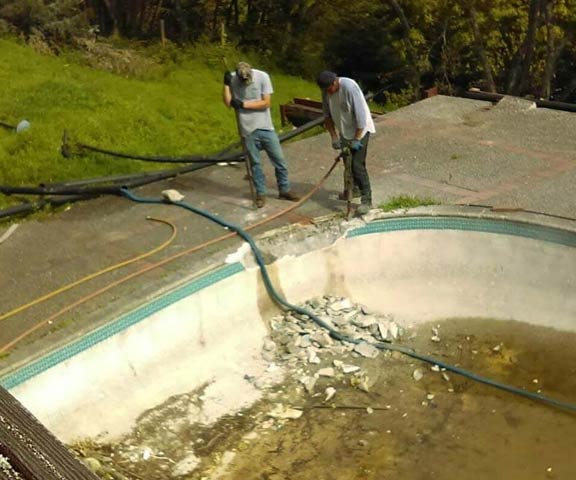
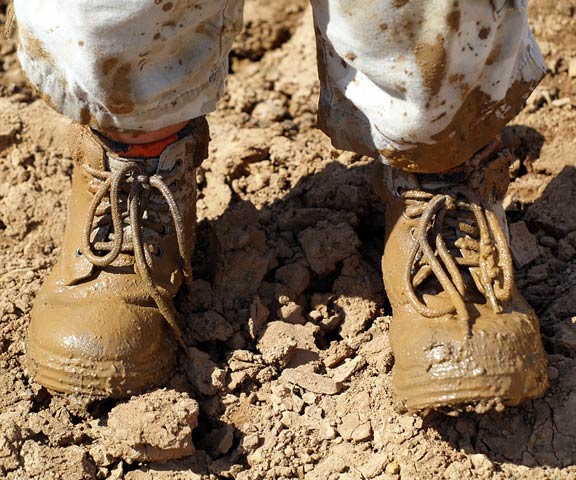
Problem 2: Messing Up a Partial Pool Removal
A partial pool removal, or pool fill-in, is the most common method for removing a pool. When you decide to move forward with DIY pool demolition, you may think this is a pretty simple job. Drain the pool and fill it in, right? Not exactly.
You have to make sure you put holes in the pool to allow for proper drainage, layer the remaining concrete properly, and fill the pool in with enough dirt and soil – and proper compaction – to make it secure. When this isn’t done correctly, you could be dealing with swelling, sinking, and lack of seepage. This DIY pool removal method could leave you with a dangerous pit that could cave in at any moment or a giant pool full of mud.
Additionally, every city has certain requirements for how a pool should be removed, and many require permits. Often, when someone tries to DIY pool removal, they don’t take the time to find out what the city requires to make their removal process legal and to code.
Problem 3: Lacking the Proper Equipment and Tools and Experience to Use Them
When it comes to DIY pool removal, many times, homeowners don’t have the proper tools and equipment to get the job done. The solution to this is renting the tools and equipment to get the job done, but if you aren’t used to using the heavy-duty equipment needed, you put yourself at risk for major accidents.
Additionally, when you’re working on your own DIY pool demolition, it’s easy to get caught up in the process and forget that you need to be careful with heavy machinery on your yard. You could easily crush your plumbing pipes, destroy your sprinkler lines, damage your septic tank, or worse. A professional pool removal company will be comfortable with the equipment and experienced to watch out for danger zones.
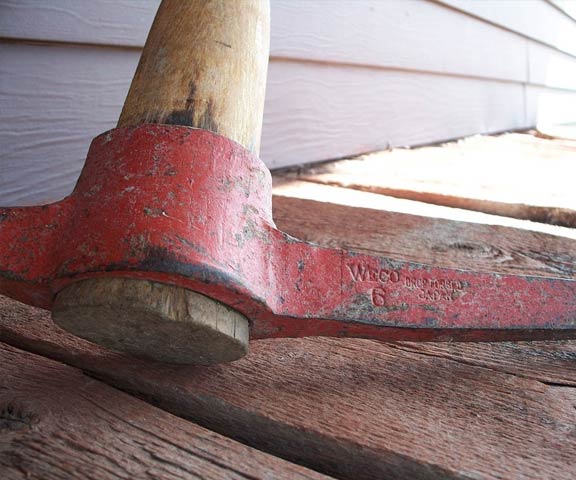
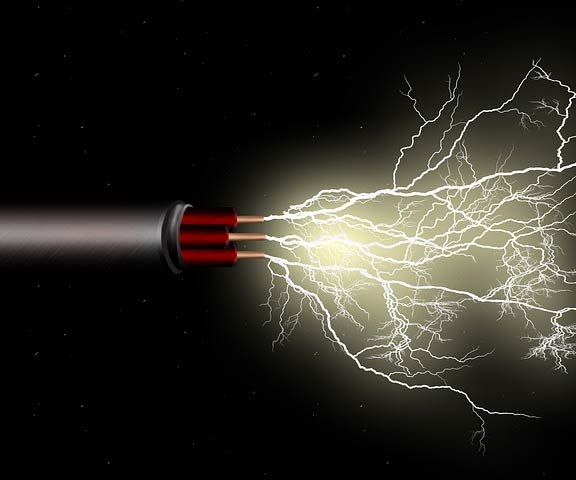
Problem 4: Not Securing Gas and Electrical Lines
There’s a chance that while you are working on your DIY pool removal, you could hit gas and/or electrical lines and be in a major dilemma. Unless you know the lines are there, you usually won’t discover them until it’s too late.
An experienced pool removal company will know what to look for, where to look, and how to secure these lines before an accident can happen.
Problem 5: Not Properly Draining the Swimming Pool Before Removal
You may think that water is just water and you can just pump it out of the pool and let it go where it goes and be done with it, but that would be a mistake. Chlorine can damage the water system, go into nearby streams and rivers and kill aquatic life, or damage greenery and vegetation. You will need to know where you can drain the pool safely and legally, not just how to do it.
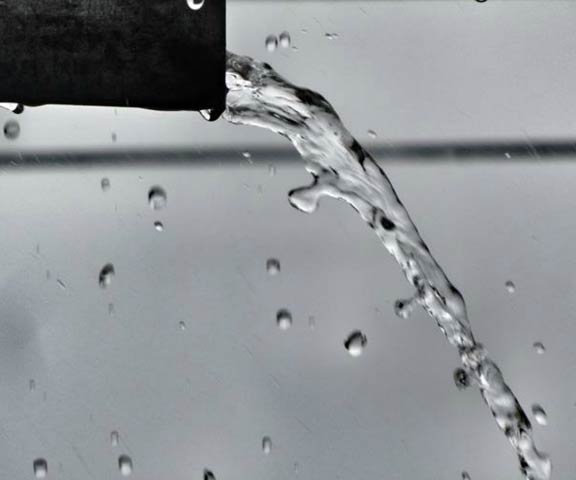

Problem 6: Choosing the Wrong Fill Dirt
You may be surprised, but not all dirt is created equal. You can’t just fill the pool cavity with any dirt that you find – and you especially want to avoid “free fill dirt” because it often has trash, clay, and other organic matter in it that makes it difficult to compact and drain.
Problem 7: Using the Wrong Kind of Fill Dirt
Whether you use regular fill dirt or tailings, you need to have a certain ratio with the topsoil to make sure its filled properly. Otherwise it might not prove a sturdy enough foundation for new construction, or might not be conducive to new plantings.


Problem 8: Underestimating How Much Fill Material You Need
Pools require a large amount of fill material, and its easy to underestimate what you need. The best method is to take the time to calculate the volume of the pool and purchase enough fill dirt for it. You can measure the length, width, and depth of the pool in feet and multiply these numbers together. Then you divide that figure by 27 to give you the number of cubic yards you need to fill in.
Don’t Underestimate your Pool Fill-In
Trying to handle your own DIY pool removal is a big job that requires a lot of experience and knowledge if you’re working with an in-ground pool. You may save some money by doing it yourself, but you have to ask yourself is it worth the time and energy? Especially if you do it wrong, you create larger problems or end up having to hire a professional to do it all over again.
When you’re ready to say goodbye to your old pool and reclaim your yard, contact us. We will make the process as quick and easy as possible so you won’t regret hiring a team of professionals to handle your pool removal.
